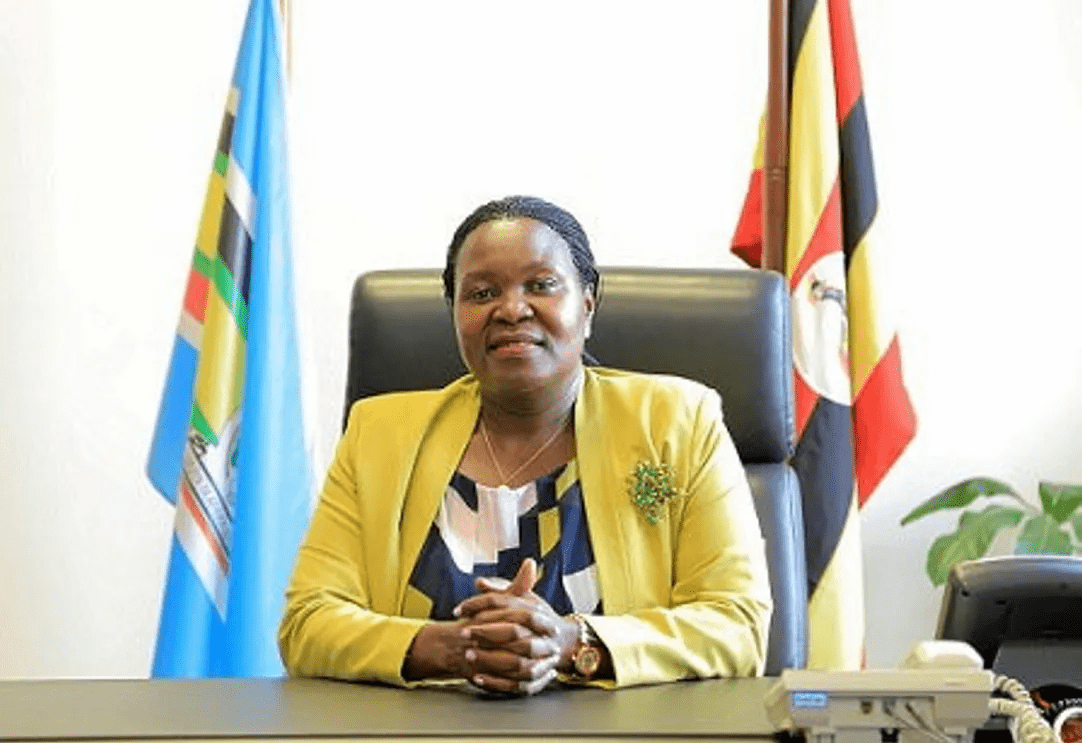
Uganda’s Energy Minister Ruth Nankabirwa Announces New Oil Exploration in Moroto-Kadam and Kyoga Basins, Expanding National Petroleum Reserves
Fiona Nanna, ForeMedia News
6 minutes read. Updated 8:22AM GMT Thurs, 22August, 2024
Uganda is intensifying its search for oil with new exploratory efforts in the Moroto-Kadam Basin in the east and the Kyoga Basin in the central region. This development marks a significant step in the country’s ambitions to expand its petroleum reserves and secure its place as a key player in the African energy sector.
Ruth Nankabirwa, Uganda’s Minister of Energy and Mineral Development, announced the new exploration initiatives on Wednesday, August 20, during a mid-year media briefing held in Kampala. She detailed the government’s strategy, which includes conducting preliminary studies in these regions to assess their hydrocarbon potential.
Nankabirwa emphasized that initial findings from the Moroto-Kadam Basin indicate a promising potential for commercial oil and gas deposits. “The early results suggest that this basin could contribute significantly to our nation’s petroleum resources,” she stated.
In addition to the Moroto-Kadam Basin, the Ministry of Energy and Mineral Development has also launched similar surveys in the Kyoga Basin. There are also plans to begin exploration activities in the Hoima Basin, located in western Uganda, which has already shown considerable promise.
Currently, Uganda’s proven petroleum resources stand at an impressive 6.5 billion barrels. The country is on the brink of transitioning from exploration to production, a move that could have far-reaching economic implications.
Strategic Objectives and Future Prospects
The primary objectives of these exploration efforts are threefold: to increase Uganda’s petroleum reserves, extend the country’s oil production beyond the current 25-year projection, and enhance the viability of midstream projects. One such project is the East African Crude Oil Pipeline (EACOP), a crucial infrastructure development that is expected to play a pivotal role in Uganda’s oil sector.
The EACOP project, led by TotalEnergies, includes the drilling of 419 wells in the oil-rich region of western Uganda and the construction of a 1,443-kilometer heated pipeline. This pipeline will transport crude oil from the Lake Albert deposits to the Tanzanian coast on the Indian Ocean, providing Uganda with a direct route to global markets.
As Uganda moves closer to the production phase, the government is increasingly looking to the oil and gas sector as a key driver of economic development. Authorities have expressed optimism that the ongoing exploration and subsequent production will not only boost the nation’s energy security but also create thousands of jobs and stimulate other sectors of the economy.
Economic Implications and Environmental Concerns
The expansion of oil exploration and production in Uganda is expected to attract significant foreign investment, which could help modernize the country’s infrastructure and improve public services. However, the developments have not been without controversy. Environmental groups have raised concerns about the potential impact of large-scale oil production on Uganda’s delicate ecosystems, particularly in regions like Lake Albert.
Despite these challenges, the Ugandan government remains committed to balancing economic growth with environmental stewardship. In her remarks, Minister Nankabirwa assured that the government is taking necessary precautions to mitigate environmental risks while maximizing the benefits of oil exploration.
As the exploration activities continue, all eyes will be on Uganda to see how it navigates the complex interplay of energy development, economic growth, and environmental protection

